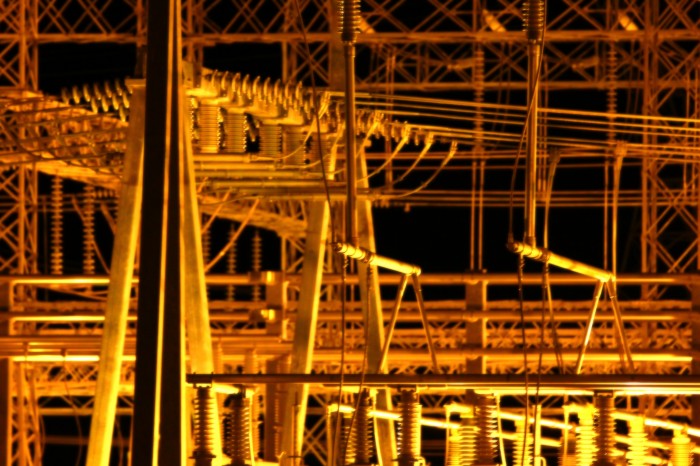Virtual Power Plants Get Around Solar Power’s Intermittency Problem
Attempting to harness the power of distributed rooftop solar installations to make its grid more flexible and reliable, New York utility Consolidated Edison is launching a pilot program this summer to link dozens of small solar arrays into a single, software-connected power plant. The utility is working with solar power developer SunPower and energy storage company Sunverge to create a “virtual power plant”—a network of distributed assets that functions as a unified resource on the grid.
The project will include 300 homes with a combined total of 1.8 megawatts of solar capacity and batteries that can store up to four megawatt-hours of electricity, enough to run 300 average U.S. households for about 10 hours.
Those are not huge numbers, but the ConEd program represents one of the most ambitious U.S. efforts yet to turn lots of distributed solar installations into a flexible source of grid power that can replace electricity from the fossil-fuel plants that are typically used to supplement intermittent renewable energy. Residential customers will lease the solar systems from ConEd and pay a small premium for home batteries, which can also provide a backup source of power during outages.

Over the last few years, several utilities have quietly joined forces with makers of storage systems, and the software to combine them, to create such virtual power plants. Earlier this year Texas-based Austin Energy launched a pilot program to integrate solar and storage into a virtual power plant, backed by a $4.3 million grant from the U.S. Department of Energy’s SunShot Initiative. Energy storage and software provider Stem is working with Southern California Edison on a multiyear program to supply 85 megawatts of storage at commercial facilities in greater Los Angeles. That power, generated by a combination of conventional power plants and distributed solar arrays, will flow back onto the grid when it’s needed. And Vermont-based Green Mountain Power said in December it will offer 500 Tesla Powerwall batteries to homeowners to supply backup power to their homes and peak electricity to the grid.
Virtual power plants have also found traction in Germany, which is struggling to incorporate large amounts of renewables onto its national grid.
These deployments are economical for utilities at today’s prices for batteries and other energy storage technologies, according to a new study from MIT researchers, and will become more attractive as prices fall in the coming years.
(Read more: “Wind and Solar Will Be the Cheapest Way to Generate Power by 2040,” “Germany Runs Up Against the Limits of Renewables”)
Keep Reading
Most Popular
Large language models can do jaw-dropping things. But nobody knows exactly why.
And that's a problem. Figuring it out is one of the biggest scientific puzzles of our time and a crucial step towards controlling more powerful future models.
The problem with plug-in hybrids? Their drivers.
Plug-in hybrids are often sold as a transition to EVs, but new data from Europe shows we’re still underestimating the emissions they produce.
Google DeepMind’s new generative model makes Super Mario–like games from scratch
Genie learns how to control games by watching hours and hours of video. It could help train next-gen robots too.
How scientists traced a mysterious covid case back to six toilets
When wastewater surveillance turns into a hunt for a single infected individual, the ethics get tricky.
Stay connected
Get the latest updates from
MIT Technology Review
Discover special offers, top stories, upcoming events, and more.